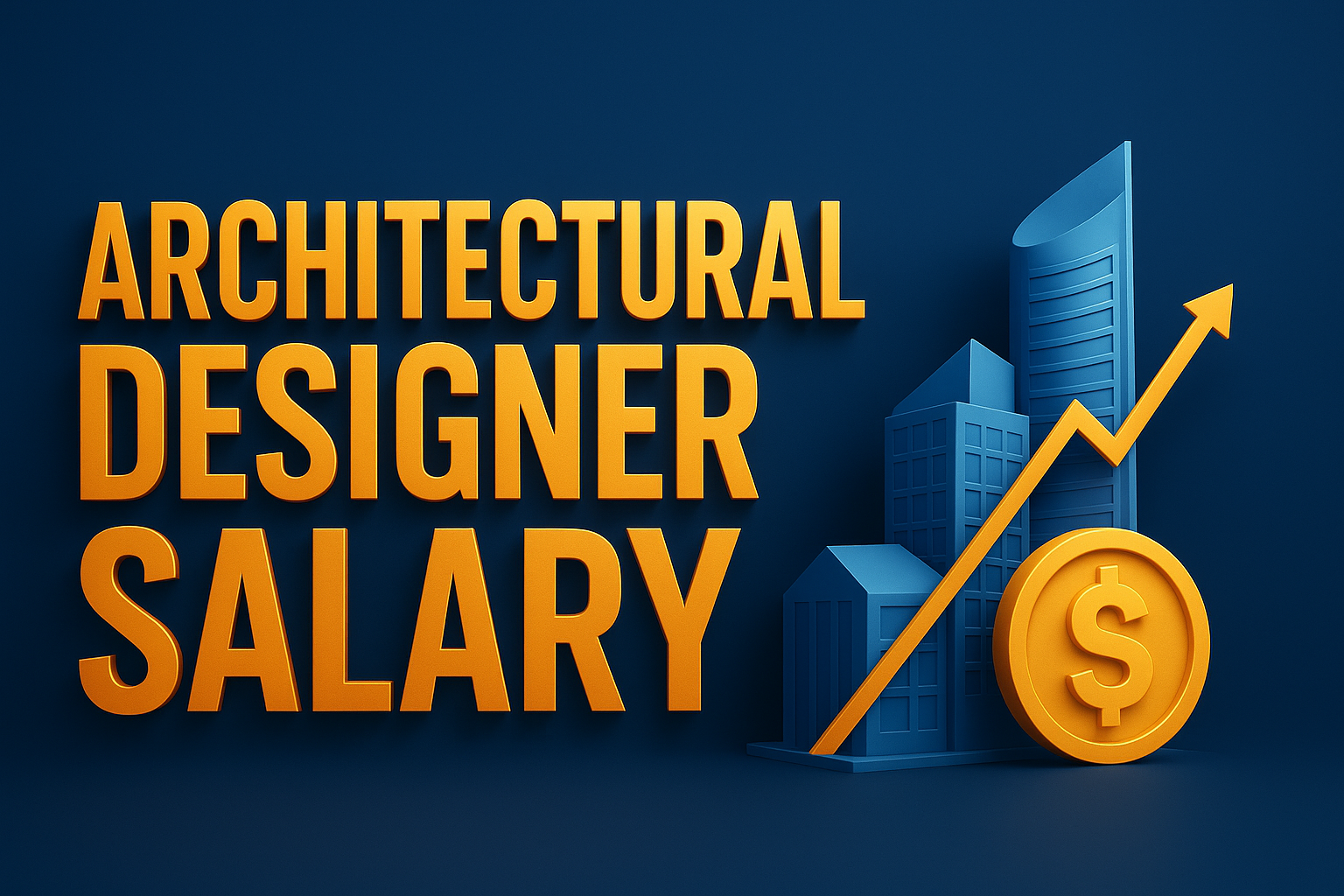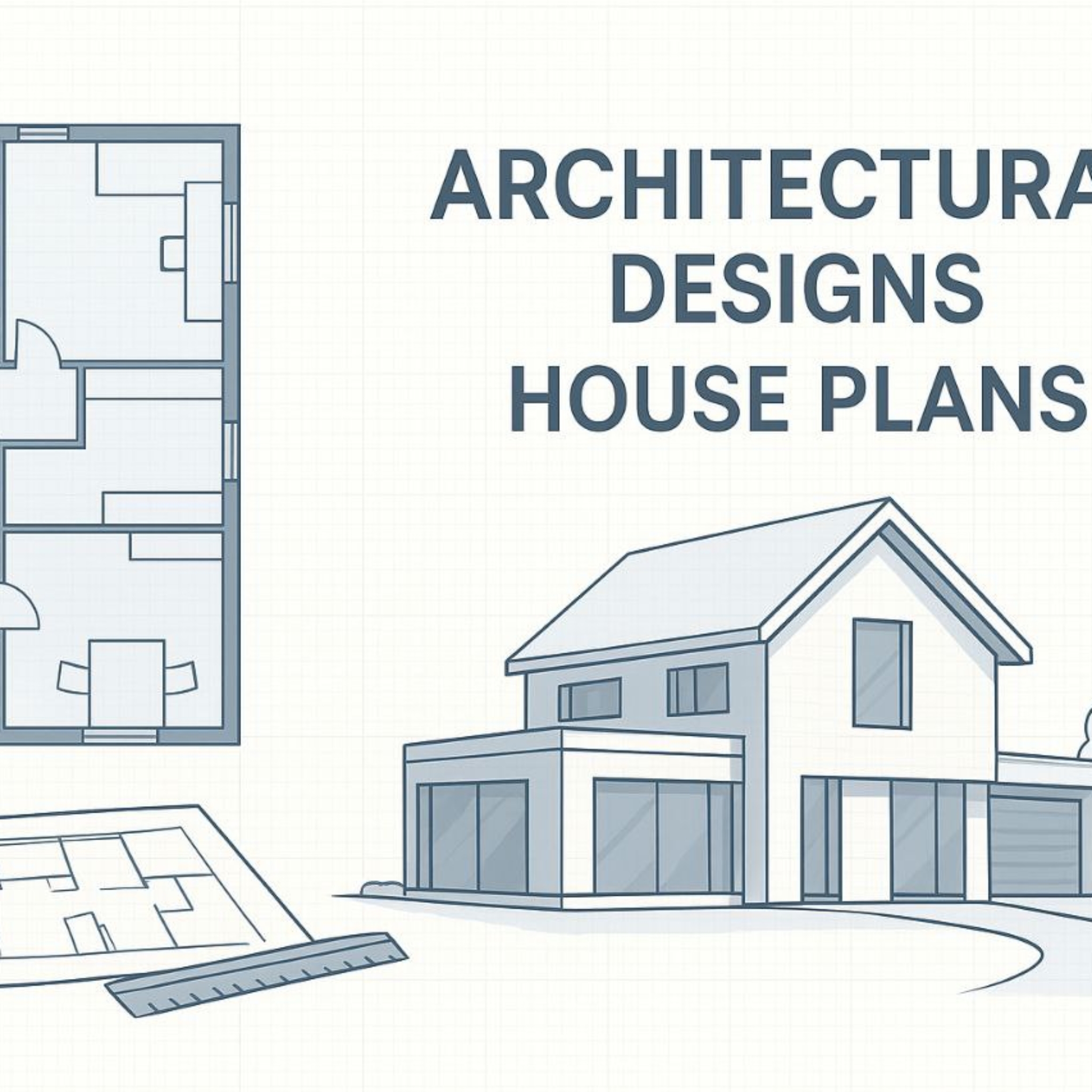Understanding The Salary of An Architectural Designer
The architectural designer salary reflects the balance between creative vision, technical expertise, and economic demand. As architecture evolves through sustainability, digitalization, and interdisciplinary collaboration, compensation structures have followed suit. Understanding what drives salaries in this field helps both emerging professionals and employers make informed decisions.
What Does an Architectural Designer Do?
Architectural designers bridge the gap between concept and execution.
They assist in creating plans, 3D models, and visual presentations, ensuring compliance with codes and sustainability standards.
While not always licensed architects, they play a crucial role in the design process—translating client needs into technical solutions.
Junior designers focus on drafting, rendering, and modeling.
Senior designers lead teams, manage projects, and drive creative direction.
Proficiency in software such as Revit, Rhino, and Grasshopper greatly enhances employability and salary potential.
Average Architectural Designer Salary
As of 2025, the average salary for an architectural designer in the U.S. ranges between $58,000 and $86,000 per year, with a median around $72,000.
High-paying cities include:
New York City, San Francisco, Seattle — over $85,000 annually
Midwestern and Southern states — slightly lower pay but balanced by lower living costs
Globally, compensation aligns with local economies: Western Europe and Australia mirror U.S. rates, while parts of Asia and the Middle East offer competitive packages with housing or relocation benefits.
Architectural Designer Salary by Experience Level
Junior Architectural Designer Salary
Entry-level designers earn $45,000–$60,000 annually.
Their work includes preparing technical drawings, developing visual presentations, and supporting senior staff. Growth at this stage depends heavily on software mastery and accuracy.
Mid-Level Designer Salary
With 5–8 years of experience, salaries rise to $65,000–$80,000.
Designers at this level manage small projects, participate in design development, and contribute to client presentations. Strong communication and coordination skills become vital.
Senior Architectural Designer Salary
Senior designers, typically with 10+ years of experience, earn $85,000–$110,000 or more.
They lead design teams, oversee complex projects, and provide strategic design leadership. Advanced digital and management skills distinguish high earners in this tier.
Factors Influencing Architectural Designer Salaries
1. Location
Metropolitan markets like New York, Los Angeles, London, and Singapore pay significantly more than smaller cities due to cost of living and project scale.
2. Education and Credentials
A B.Arch or M.Arch degree enhances career prospects. Additional certifications like LEED or BIM Management often lead to higher pay.
3. Technical Expertise
Proficiency in Revit, AutoCAD, Rhino, and Adobe Suite boosts compensation.
Emerging skills in parametric design and AI-driven modeling are increasingly valuable.
4. Firm Size and Project Type
Larger firms tend to offer structured salary growth and benefits, while smaller studios provide flexibility and creative freedom.
Designers in commercial or institutional projects usually earn more than those in residential sectors.
5. Economic Conditions
Architectural salaries reflect construction market trends.
Periods of high development increase demand, while slowdowns can limit raises—but sustainability and digital design remain steady markets.
3D Architectural Designer Salary
With 3D design becoming central to modern architecture, specialists in 3D modeling and visualization now command premium salaries — typically $70,000 to $95,000, with top-tier experts surpassing $100,000.
They utilize tools like Enscape, Lumion, and Unreal Engine to create immersive environments and virtual walkthroughs.
Firms prioritize these professionals for their ability to enhance presentations and improve client engagement.
Industry Trends Affecting Pay
- Sustainability & Green Design: Knowledge of eco-friendly materials and energy-efficient design boosts employability.
- Remote Collaboration: Global firms increasingly hire designers remotely, leading to more equalized pay scales.
- Computational & AI Design: Data-driven design is elevating designers’ roles to strategic contributors.
- Automation & BIM Integration: Efficiency tools are allowing designers to focus on conceptual innovation rather than repetitive drafting.
Global Salary Overview
The global market for architectural services is projected to grow steadily due to rapid urbanization and sustainability mandates.
Regions like North America, the Gulf, and East Asia show the strongest salary potential for experienced professionals.
In contrast, European markets emphasize adaptive reuse and carbon-neutral retrofits, where niche expertise commands higher compensation.
The architectural designer salary embodies the profession’s blend of creativity, analytics, and technology.
From junior to senior levels, pay is influenced by skill, experience, and adaptability to evolving tools and trends.
Designers who combine digital fluency, environmental awareness, and strategic design thinking will continue to see the greatest opportunities — both financially and professionally — in the years ahead.












